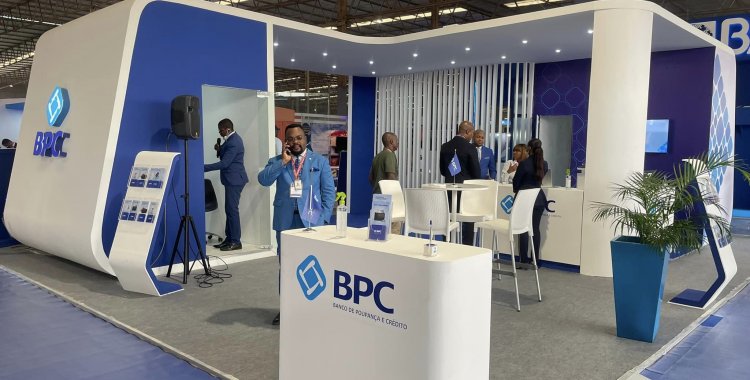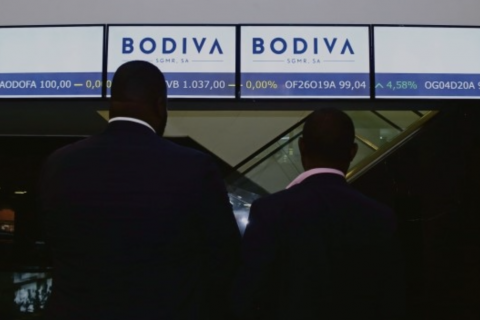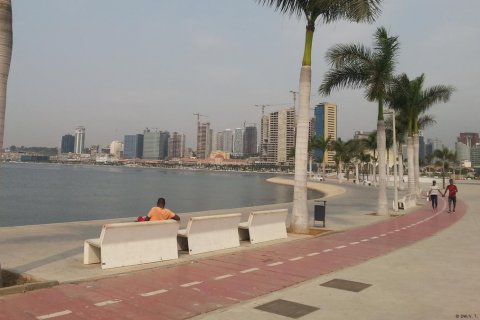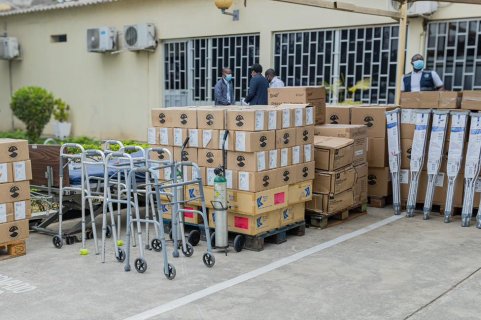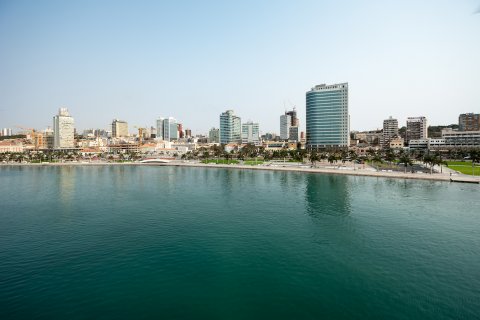The data are contained in the Banking in Analysis 2022 study, by the consultancy Deloitte, presented this Wednesday in Luanda, and which contains exhaustive information on the 23 banks that were operating in Angola last year, with the exception of Banco Económico (formerly BESA), due to the unavailability of the financial statements.
The decline in the sector's net profit was mitigated by the significant increase in foreign exchange earnings, which grew by around 421 percent, as well as by the improvement in net interest income, which increased by 6.3 percent, says Deloitte in a statement.
The total value of assets amounted to 17,037 billion dollars in 2022, 4.3 percent more than in 2021 and total net credit totaled 3,480 billion dollars, which corresponds to a year-on-year increase of 13 percent.
The weight of loans to customers in the overall asset structure last year increased by 2 percentage points compared to 2021, rising from 18 percent to 20 percent, reflecting the policies to stimulate the granting of credit. On the other hand, the weight of bonds and securities remained practically unchanged compared to 2021, representing around 34 percent of the total asset structure, as a result of the significant exposure of national banks to Angolan public debt.
BAI (Banco Angolano de Investimentos) was once again the main bank in the ranking of assets, a leadership it has assumed since 2018, followed by BFA (Banco de Fomento Angola), BIC (Banco BIC), BPC (Banco de Poupança e Crédito) and Banco Millenium Atlântico.
According to the same statement, there was an increase of 4.2 percentage points in the solvency ratio compared to 2022, equivalent to 28.4 percent, "thus remaining above the regulatory minimum value with a safety margin , which demonstrates the resilience of the sector".
The study also reveals "very solid growth" in other indicators, namely the use of automatic payment terminals (TPA), with a positive variation close to 21 percent in 2022, and the number of Multicaixa cards issued (13 percent). With regard to the use of ATMs, the variation was also positive by around 11 percent, above the variation recorded in 2021 (6 percent), "which demonstrates a recovery from the reduction seen in the pandemic period".
The Multicaixa Express application recorded an increase in transactions of around 14 percent and handled amounts in excess of the value transacted at TPA, with a growth of almost 17 percent compared to 2021.
The number of Angolan bank employees decreased by 6 percent, reflecting the closure of operations at Banco Prestígio, the voluntary dissolution of Banco BAI Micro Financeira, and the ongoing restructuring processes of some banks, such as BPC, BCI (Banco de Comércio and Industry) and KEVE.
The number of branches decreased by around 17 percent, with a decrease of 35 percent in the total number of branches in the national territory since 2017, reflecting the increasing digitization of financial services and the reorganization of the commercial network carried out by several banks.
Speaking to the press, the chairman of Deloitte Angola, José Barata, said that the banking sector remains resilient, concluding that in general there has been growth in banks' total assets, loans and deposits.
"We saw a reduction in the result in 2022 compared to 2021, as 2021 had also seen an extraordinary event, which was the improvement in the 'rating' of the Republic of Angola. It caused the banks to reverse a set of impairments that had a direct impact on their result", said José Barata.
The president of Deloitte Angola drew attention to the fact that despite the increase in credit, as a result of the policies implemented by the Executive, there was a ratio of overdue loans to total credit of around 20 percent, "which is high".
With regard to BPC, José Barata stressed that the public bank has been carrying out a restructuring process, which will have been completed by the end of 2022 and which also led to the closure of branches and the dismissal of workers.
"I would say that it is expected that, in 2023, this picture (of losses) will be reversed", stressed José Barata.

